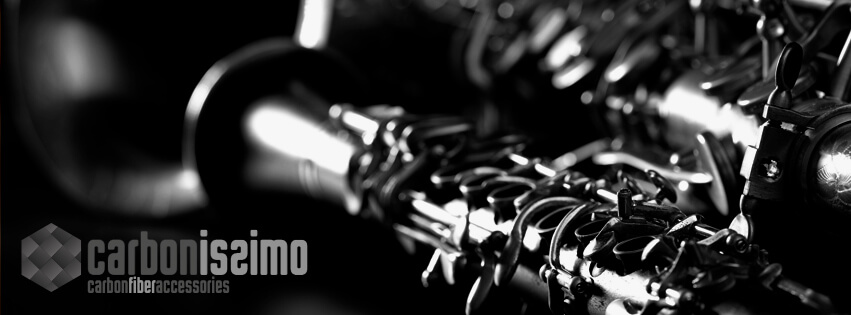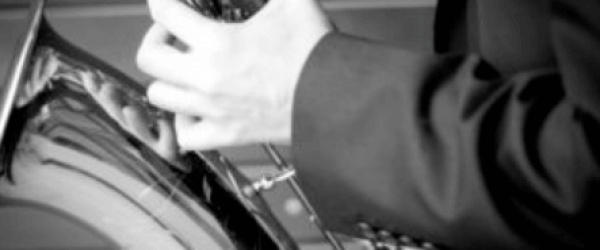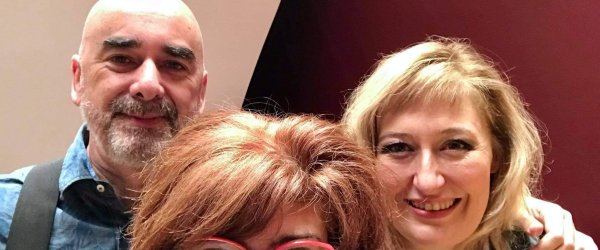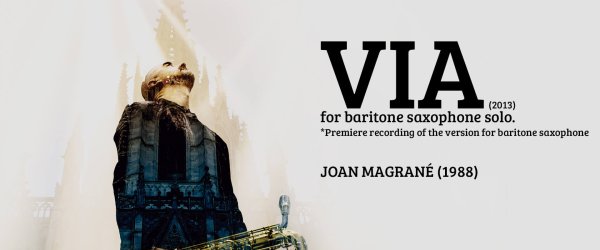
Some years ago, I told you in this post from my blog an experience with an engineer from which I learnt a lot about music accessories. During this time, Jorge (Jordi, to his friends) Marqués has driven forward an ambitious and innovative business project related to carbon fiber (hence the name), clarinet and saxophone that deserves to be more recognized.
The beginning
As you will have been able to read in that post (don’t skip it, because it could maybe make you think of other matters), Jordi has a restless and free soul. If it has not been the case, Jordi couldn’t go his project ahead to become Carbonissimo nowadays.
I feel lucky to be there from the very beginning and accompany him on this way. It is impossible to count the time invested to try all the prototypes made of carbon fiber. At least, we started with the necks for baritone saxophone (of course!).
Unfortunately, not all products for saxophone by major brands go to the baritone. This is a pity… or an opportunity, depending how we see it. This was the baseline. As I wrote then, first prototypes of necks for baritone saxophone were not bad at all. Now necks have improved a lot.
These years I haven’t found any material with a such amazing acoustic properties than carbon fiber. Gold-plated nor solid silver nor bronze nor copper match the quality of carbon fiber. As you know, the repertoire I usually play requires a big control of the stability of sound in extreme dynamics extremes (specially in pppp and ffff) in all registers (mainly, low and altissimo), in addition to the articulations, response, etc. Yes, it was successful to start with the baritone.
The ligatures
The ligatures are the main (and star) product by Carbonissimo. Despite the economic risks, they cleverly decided to produce ligatures for soprano, alto, tenor and baritone saxophones. At the same time, they extended their range of products to the clarinet: from the piccolo in Eb to the bass clarinet.
Carbonissimo ligatures success is the reed fixing. The place where sound generates, no residual vibrations hinder the blow. This way, the sound resulting is richer, more projected and response is much better.
As you have seen in my old post, ligatures have changed a lot. Jordi noted the drawbacks of those prototypes and redesigned them in order to fit the most part of mouthpieces and reeds. I use the current models in all my saxophones. Their qualities are most prevalent in low instruments, in my opinion.
The carbon fiber
With no doubt, carbon fiber has exceptional acoustic properties. As it appears on the Carbonissimo’s website:
Carbon fiber has a lower density (1.6 g/cm3) than brass (8.6 g/cm3), copper (8.9 g/cm3), silver (10.5 g/cm3) or gold (19.3 g/cm3) and generates less resonances due to its low resistance to air. In spite its lightness, carbon fiber is more resistant (x5) than steel.
This material improves the performances of the accessories for saxophone and clarinet a lot, resulting in a great response, a better flow of sound, a more homogeneity in all registers and a good stability in extreme dynamics.
This is what I realized from the very first time. I can face a very demanding repertoire as “Oxyton”, “Time Fields” or “Spleen III” by focusing more on the performing elements than the techniques. In 2018, I recorded my album “Made in BCN” with prototypes of ligatures and necks. Later, I recorded “Dreamlover” (2022) and “Suites. A Tribute to Bach’s Cello Suites” (2023) with the current products and I am always happy. This stuff is perfect for all styles of music.
Conclusion
You know that I never mention any brand on my posts. Anyway, I wanted to tell you my direct experience with Carbonissimo. Don’t hesitate to try these products when you can. You will maybe like or not. However, they won’t leave you indifferent.
Nevertheless, what I like the most from Carbonissimo is its story. This is a great example of leaving the comfort zone and carry your ideas and projects on. Yes, it is no easy but to do something different and particular is really satisfying. Follow your path and leave the mainstream.
Joan Martí-Frasquier
Barcelona, July 2024





![15 Advanced Works for Baritone Saxophone [2] 15 Advanced Works for Baritone Saxophone [2]](https://joanmf.com/wp-content/uploads/elementor/thumbs/15-Advanced-Works-for-Baritone-Saxophone-2-ra3ttwqci012qs6fqnu49f7x6h6nihiw6j1idodd50.png)